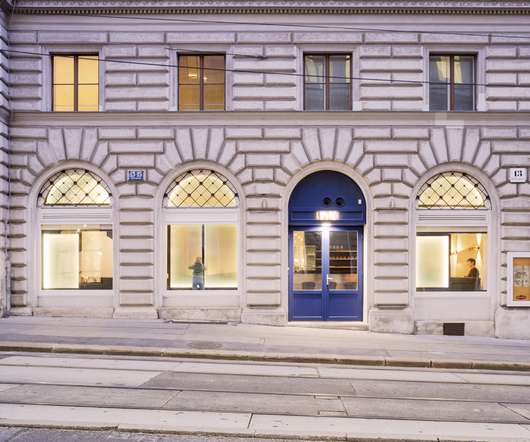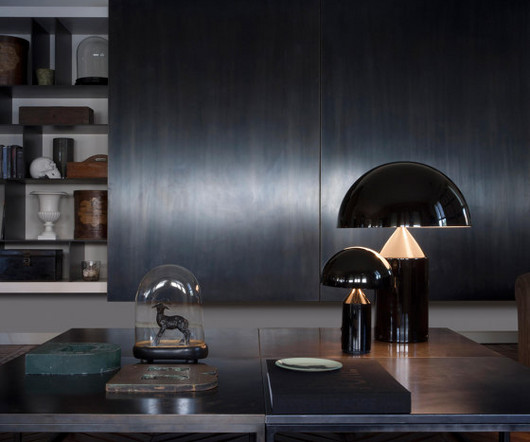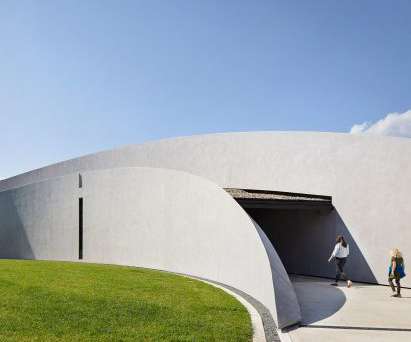Sputnik Bar by Steiner Architecture | Bar interiors
Architonic
DECEMBER 11, 2022
<p>Launched in 1957, Sputnik was the first man-made satellite to orbit the Earth. This unassuming four-legged sphere circled our planet for three months before disintegrating in the atmosphere and occasioned the awkward period we know as the Space Race, during which the Soviet Union and the USA competed for astronautic supremacy.</p>















Let's personalize your content